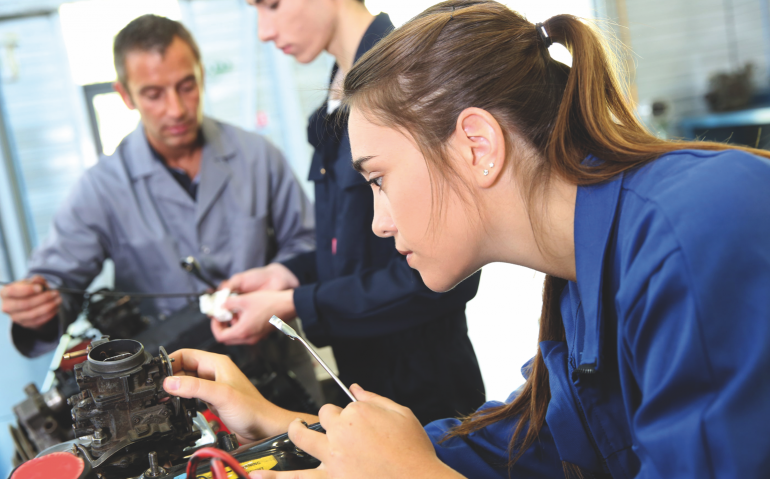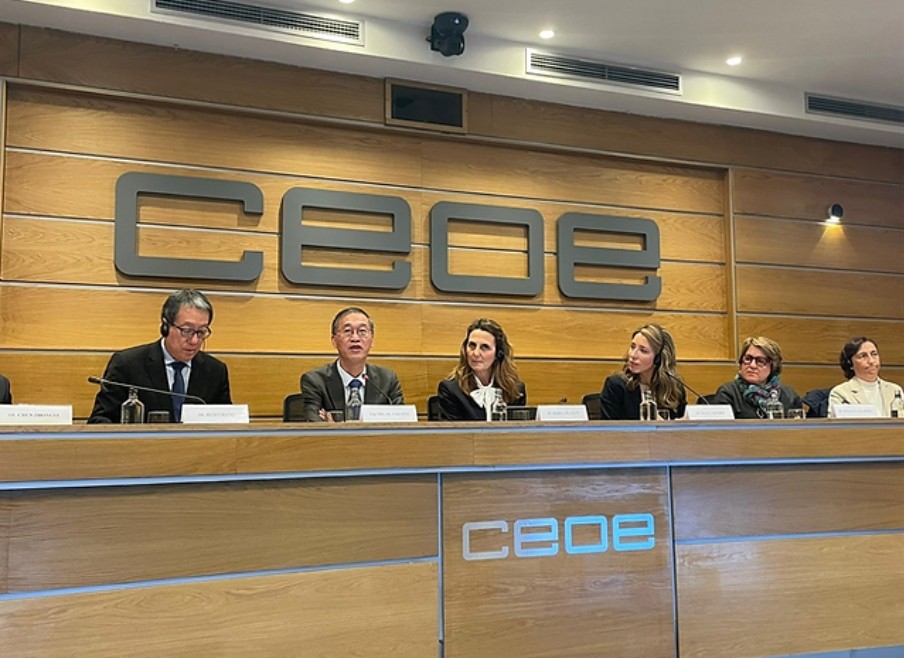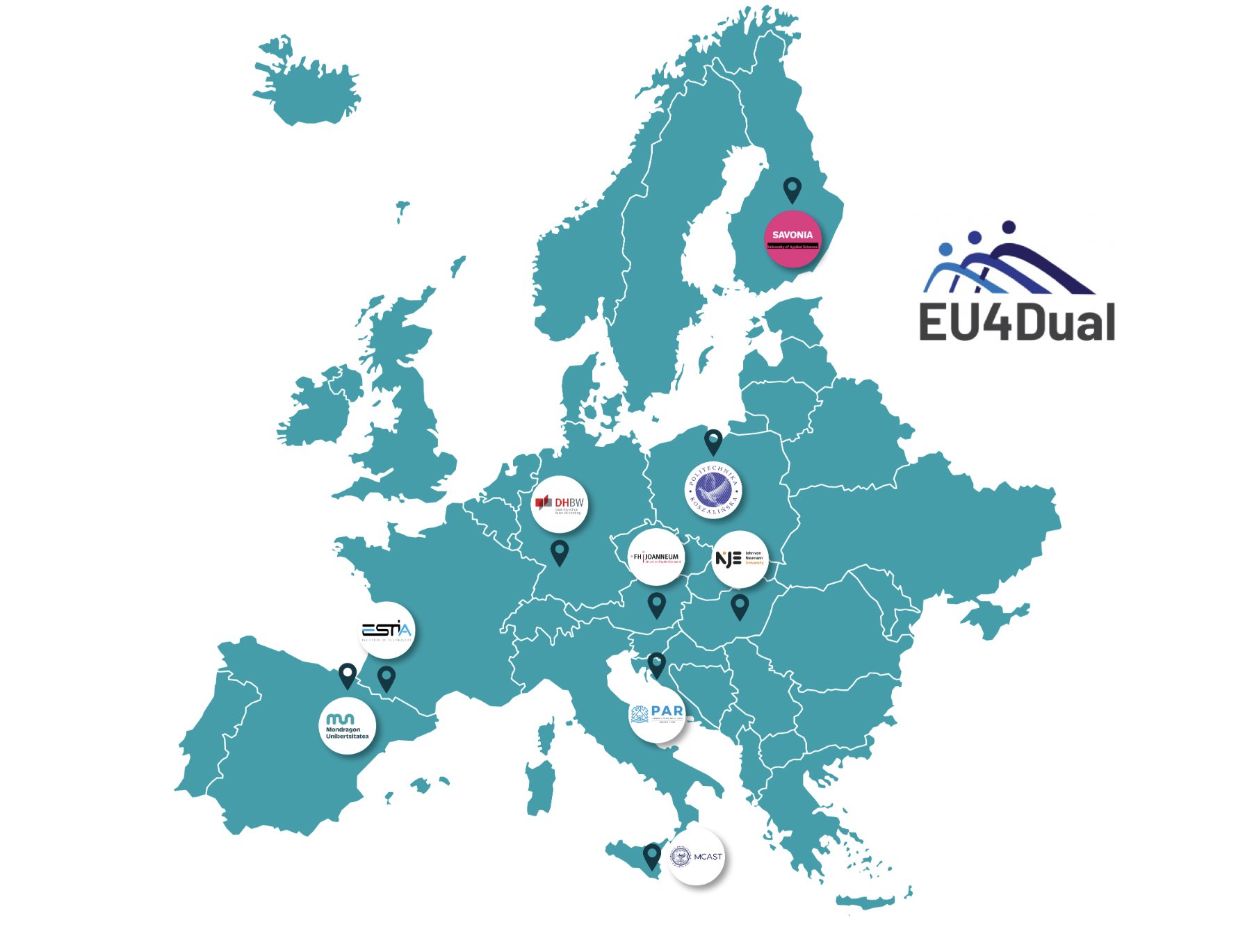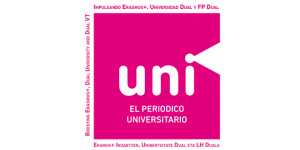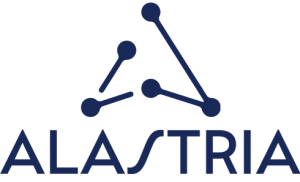Practically 100% of the students that attend industrial training courses achieve a job aligned with their studies in a period of six months. This is the ID of the Basque VT. The Association of Professional Training Centers of Euskadi, HETEL, which brings together 24 centers in Bizkaia, Álava and Gipuzkoa and more than 10,000 students from the three territories, has carried out a survey among the 3,431 graduates the last year (2017-2018), which has ratified this reality among its students.
With a response of 89% of the respondents, (3,059 students have answered the same), the survey was conducted during the months of November and December 2018, that is, six months after finishing their studies between their 14 centers in Bizkaia, 8 in Gipuzkoa and 1 in Álava.
Conclusions of the study
The study finds that the labor insertion in the training cycles of the industrial sector is close to 100% and that the average of insertion of all the training cycles is approximately 80% six months after finishing their studies. As for the real insertion rate, the cycles with the highest percentage of insertion are electrotechnical and automated systems, production programming in mechanical manufacturing, mechatronics, electronic maintenance and industrial robotics in higher grade and welding and boilermaking, electromechanical maintenance, auxiliary care of nursing and mechanized in medium grade, all above 90% in superior degree and 80% in medium degree. On the contrary, the cycles with the lowest labor rate are social integration (45%), marketing and advertising (53%) and micro-computer systems and networks (40%). In addition, an interesting fact that throws the study is that 83% of graduates / as work in a job aligned with their training.
Women and industry
Basque Vocational Training has already achieved that approximately 50% of young people opt for this option instead of opting for the university. In fact, registrations in recent years have been increasing. And, in addition, of them, almost half are women. In the case of HETEL, of the graduates of the 2017-2018 academic year, 26% -907- were women. However, the study corroborates the trend of previous years in a convincing way, so that industrial cycles continue to reflect a percentage minimum of female presence. The percentage of women who choose to take an industrial course is 6 or 7%. “A percentage that remains practically immobile for 10 years”, explains Julen Elgeta, president of HETEL.
Thus, while certain cycles have feminine hegemony, such as aesthetics and beauty, hairdressing, commercial activities, textile repair and repair, (100%),) Infant education (95%) or auxiliary nursing care (88%), there are cycles in the fact that the feminine presence is a mere anecdote, a worrisome subject when in addition they are usually the cycles with the highest employment index. This is the case of cycles such as heat production facilities, electromechanical maintenance, automotive, electrical and automatic installations, machining, welding and boilermaking, formed by molding, electrotechnical and automated systems, where the percentage of women is between 0% and 4%.
VT Dual
The study also highlights the effectiveness of the Dual Basque VT system to find a job. Thus, during the 2017-2018 academic year, a total of 623 HETEL students chose this modality, of which 110, that is, 18% were women. From the same, it is extracted that, practically in all the training cycles, the labor insertion six months after finishing their modality is notably higher than the average of the labor insertion of the rest of the students. Thus, branches such as hospitality go from having an insertion close to 60% to 100% after completing this dual vocational training. This is also the case of training cycles such as administrative management or care for people in situations of dependency, who spend of rondan an insert of 60-70% to hover 100%. In any case, whoever completes Dual VT, besides increasing their job opportunities, has a percentage of 100% occupation in many families, mainly industrial ones, which demonstrates the efficiency of the system.
The Euskadi VT presents some unique characteristics. 53% of the total number of students enrolled is in the Higher Degree, 36% in the intermediate level and only 11% in the Basic Level. In the case of girls, this percentage is 62% in the upper grade, 32% in the middle grade and 5.4% in the Basic VT.
Finally, it is usual for students of the intermediate cycles to continue their studies towards higher cycles. Approximately 56% of them are currently studying cycles that will give them a higher professional qualification. The approximate percentage of students in higher cycles who continue studying, either another higher cycle or a university degree, is 22% and in Basic VT 72% of people will continue studying, probably in a medium-level training cycle .


